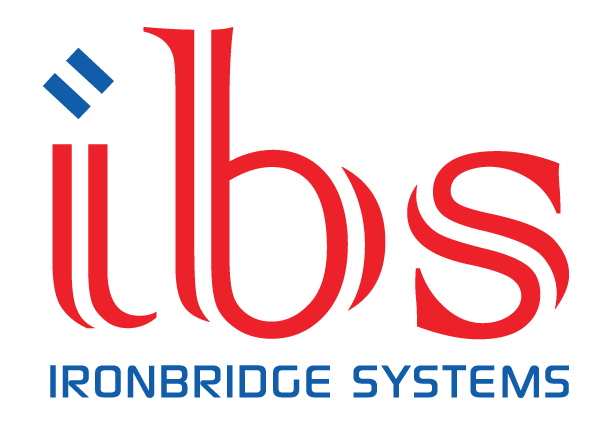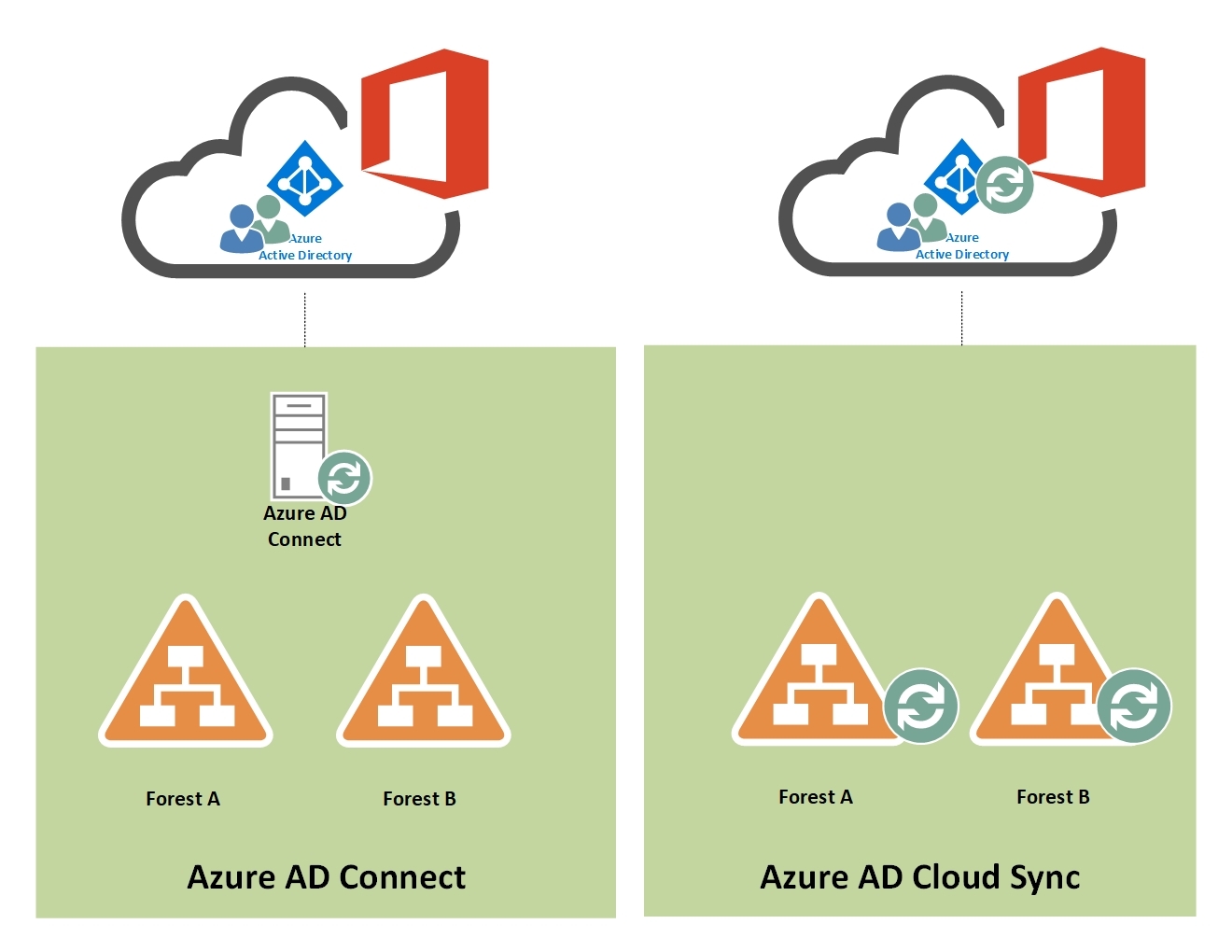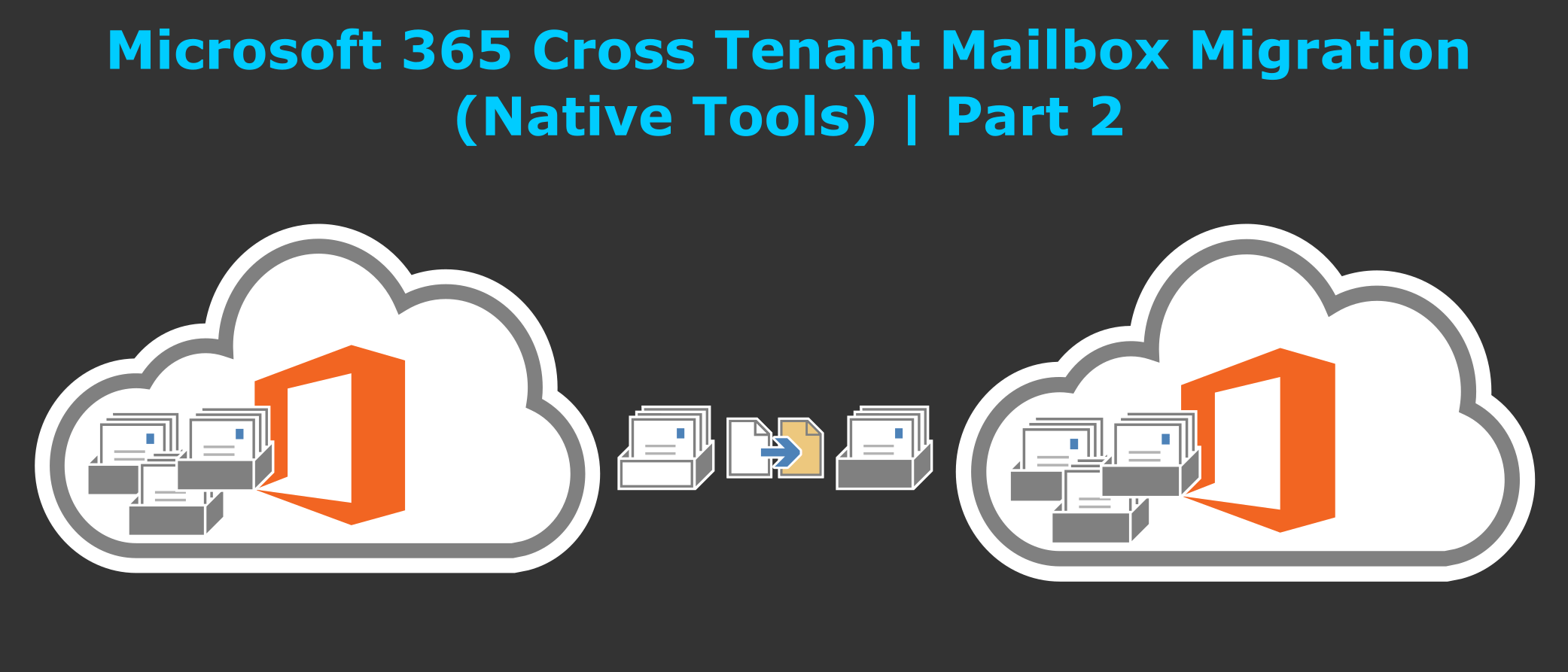Understanding DNS zones and delegations is essential for anyone managing a domain name system (DNS) infrastructure. DNS is the backbone of the internet, translating human-readable domain names like xyz.com into IP addresses that computers use to connect with each other.
To manage DNS efficiently, its namespace is divided into zones, and control of certain subdomains can be delegated to other servers. This guide explains DNS zones and delegations using a simple organizational analogy and concludes with a practical technical overview.
What Are DNS Zones and Delegations?
A DNS Zone is a distinct portion of the DNS namespace managed by a specific organization or administrator.
A Delegation in DNS occurs when control over a subdomain (like hr.xyz.com) is handed over to another DNS server.
Delegation allows distributed administration—each subdomain can be managed independently, without overloading a single DNS server or team.
DNS Zones and Delegations Analogy
Imagine an organization called XYZ. The head of the company, Steve, oversees the entire organization but delegates authority to the heads of each department: HR, Engineering, and Marketing.
- HR is managed by Smith, who further assigns sub-departments to Frank and Joe.
- Engineering is managed by Jerry, who delegates the Dev and Test teams to Bill and Phil.
In this example:
- Steve represents the root DNS zone.
- Jerry and Smith, and others represent delegated sub-zones that handle their own internal areas.
- When someone asks Steve about a specific employee (for example, “Stacy in Engineering”), Steve refers them to Jerry, just as a DNS query is referred to the correct delegated name server.
This shows how DNS delegations distribute responsibility while maintaining a clear hierarchy.
Real-World Example of DNS Delegation
Let’s say your organization owns the main domain xyz.com.
You can delegate specific subdomains to other name servers, such as:
- hr.xyz.com → managed by the HR department’s DNS server
- engineering.xyz.com → managed by the IT or DevOps team
By doing this, each department controls its own DNS records while the parent domain (xyz.com) remains responsible only for the overall structure.
How DNS Zones and Delegations Work Technically
- The root zone (.) sits at the top of the hierarchy and contains records of top-level domains (TLDs) such as .com, .org, and .net.
- Each TLD delegates control to name servers for specific domains (for example, xyz.com).
- Within that domain, subdomains like mail.xyz.com or dev.xyz.com can be delegated to their own servers.
- Delegations are implemented through NS (Name Server) records, which point to the authoritative DNS servers responsible for each delegated zone.
This layered delegation system keeps DNS scalable, fault-tolerant, and distributed worldwide.
Types of DNS Zones
| Type | Description |
| Primary Zone | Contains the original, writable copy of DNS records. Changes can be made directly here. |
| Secondary Zone | A read-only copy of the primary zone, used for redundancy and load balancing. |
| Stub Zone | Stores only essential information (like NS and SOA records) needed to locate authoritative DNS servers in another zone. |
Each type serves a specific role in maintaining DNS accuracy and reliability.
DNS Simulation Practice
If you want hands-on experience, you can download a DNS Simulation Lab for Cisco Packet Tracer to practice how DNS zones and delegations work in a network environment:
Download the DNS Simulation Lab on LinkedIn
This lab demonstrates how DNS servers communicate and how queries are delegated step by step.
Conclusion
DNS Zones and Delegations are crucial for maintaining an organized and distributed domain infrastructure.
By dividing responsibilities among multiple name servers, DNS ensures better performance, easier management, and fault tolerance.
Understanding how zones and delegations operate is the first step toward mastering DNS design, troubleshooting, and real-world domain administration.
Frequently Asked Questions (FAQs)
1. Is “WWW” a top-level domain or a subdomain?
WWW is a subdomain. It is part of your main domain, such as www.example.com.
2. What are .com, .org, and .net considered?
They are top-level domains (TLDs), managed by root DNS servers at the top of the DNS hierarchy.
3. What does .com.us represent?
.us is a country code top-level domain (ccTLD) for the United States, and .com.us represents a second-level domain within that country code.
4. What are the two main types of DNS queries?
- Recursive Query: The DNS server performs the full lookup on behalf of the client.
- Iterative Query: The DNS server responds with a referral to another server, allowing the client to continue the search.
5. What is a DNS Zone Transfer?
A DNS Zone Transfer is the process of copying DNS records from a primary DNS server to a secondary one to maintain synchronization and redundancy.
6. What is the difference between a Domain and a Zone?
A Domain refers to the full namespace (for example, example.com), while a Zone is a specific administrative portion of that domain managed by a particular DNS server.



